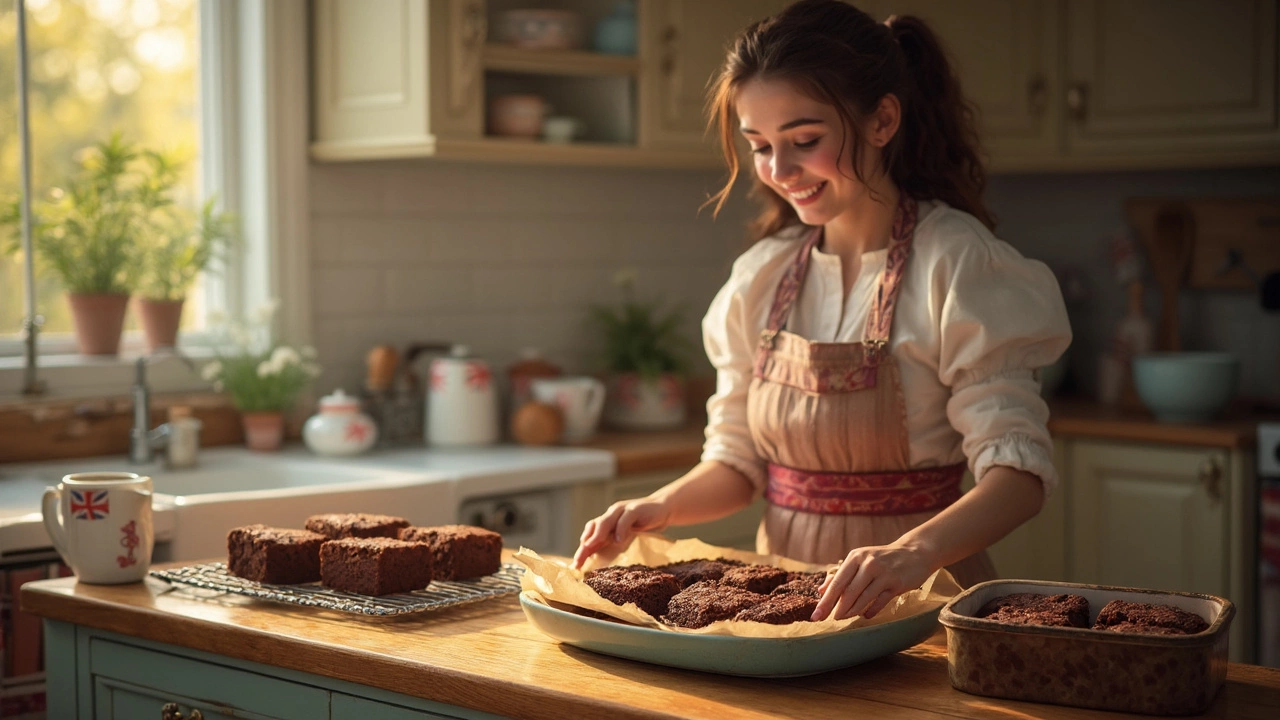
Dry brownies are so disappointing, right? You expect that soft, gooey bite, and instead you end up with something crumbly. The truth is, brownies go from perfect to parched way faster than most cakes or cookies. But keeping them fudgy isn't about baking wizardry—it's about understanding a few practical moves.
First off, moisture is everything with brownies. The second they start cooling, they're losing it to the air. If you just toss them on a kitchen counter, you'll notice they start getting hard within hours, especially if the weather's dry. And forget that trick of leaving the pan uncovered overnight “to cool”—if you're not careful, that's how you end up sawing through a brownie brick the next day.
- Why Brownies Dry Out So Easily
- Smart Storage Tricks
- Mix and Bake Methods for Maximum Moisture
- How to Revive Dry Brownies Fast
Why Brownies Dry Out So Easily
So, what makes brownies lose their signature fudgy texture and turn dry before you’ve had a chance to finish the pan? It all starts with the recipe, baking process, and how quickly moisture can sneak away once they’re out of the oven.
Unlike cookies or cakes that have ingredients like oil or lots of butter, brownies usually depend on a balance between fat, sugar, and eggs to keep them moist. If that ratio’s a little off—or if you bake them too long—you’re basically making a chocolate desert (and not the fun kind you eat with ice cream).
- Brownies have a high sugar content, which helps trap moisture while baking. But if you slice them while they’re steaming hot, the moisture rushes out.
- Most home bakers use metal pans, which heat up fast and keep cooking the brownies even after they’re out of the oven. This extra heat means they keep losing moisture by the minute.
- Dry air is another enemy. Even leaving brownies uncovered for a night can dry out the top layer and edges. I once left a batch out during winter, and by breakfast, the corners were hard enough to dunk in coffee like biscotti.
The table below breaks down how common mistakes lead to dry brownies:
| Problem | What Happens |
|---|---|
| Overbaking by just 2-3 minutes | Up to 15% more moisture lost in the crumb |
| Slicing while piping hot | Steam (which equals moisture) escapes fast |
| Leaving in pan overnight, uncovered | Exposed edges dry out, centers firm up |
| Storing in fridge uncovered | Chills out moisture, dries texture further |
Bottom line—keeping brownies moist is about managing steam, air, and baking time. Tiny mistakes add up, but with the right info, dry brownies don’t stand a chance.
Smart Storage Tricks
Keeping brownies soft starts with how you stash them. It might sound obvious, but the actual container and even the order you do things matter more than you’d think. The biggest mistake people make is leaving brownies uncovered or just loosely wrapped. When air hits the brownies, it zaps the moisture, and there goes your fudgy texture.
For best results, cut the brownies only when you’re ready to eat them. If you slice up the whole pan at once, each piece’s edges dry out way faster. It’s no joke—whole brownies hold onto moisture better than a bunch of little squares.
Next, the right container is key. Always use an airtight container, or even wrap the uncut brownies tightly in plastic wrap. Don’t just use foil—it can let air sneak in around the sides. If you’ve got leftovers, stack them with a piece of parchment or wax paper between layers to keep them from sticking together and losing moisture.
- Room temperature is fine if you plan to eat them within 2-3 days. Any longer, and you risk them getting stale fast.
- If you want them to last a week or more, toss them in the fridge. Just remember, cold can dry them out, so add an extra layer of plastic wrap before you seal the container.
- For serious long-term storage, like two weeks or more, freeze the brownies (either whole or cut up). Wrap them tightly and use a freezer bag or double-wrap with foil. They thaw surprisingly well when left at room temp for an hour or two.
A cool bonus tip: slip a slice of soft bread into the container with your brownies—the bread keeps the air inside moist, basically acting like insurance against dryness. The bread will get stiff instead, leaving your brownies soft and perfect. This bread trick is a favorite in our house, and it seriously works!
So if you want your moist brownies to last, skip the lazy foil tent, don’t pre-cut everything, and let your storage do the heavy lifting. That’s how bakeries keep theirs unbelievably good for days—no mystery, just better habits.
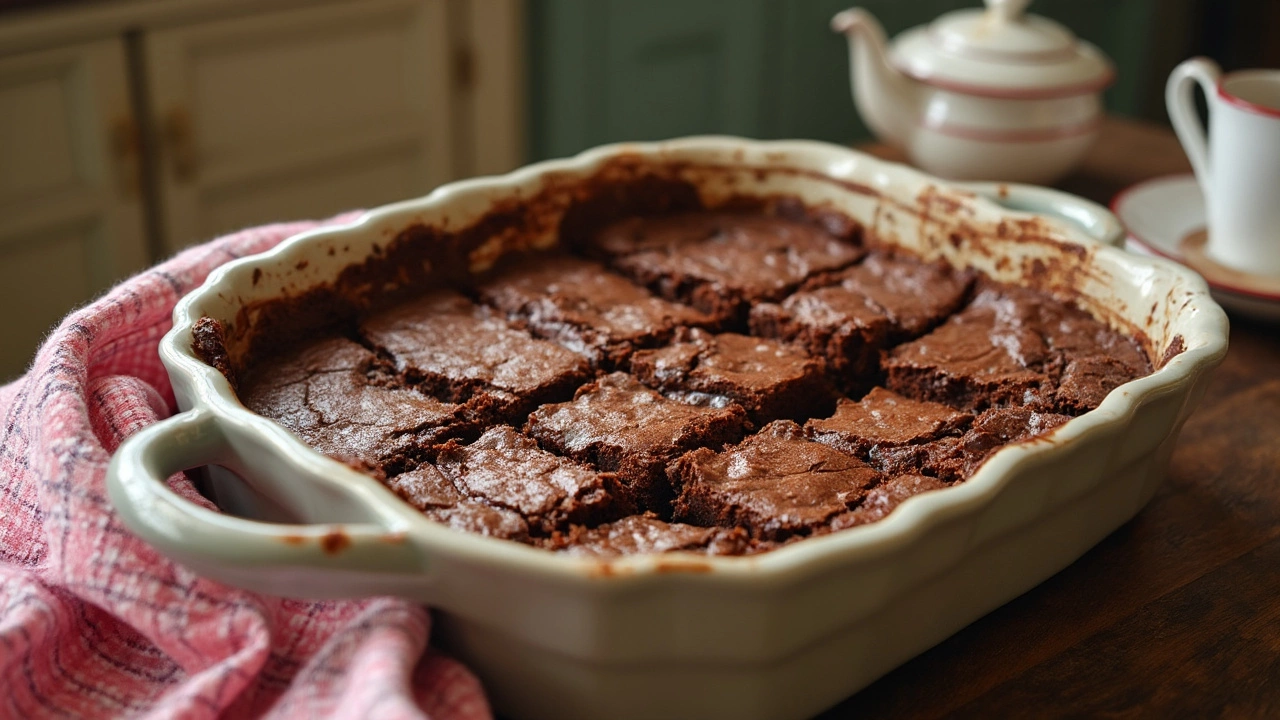
Mix and Bake Methods for Maximum Moisture
How you mix and bake your brownies has everything to do with their final texture. Even little changes in your process can decide if you get soft, melt-in-your-mouth squares or something that’s better used as hockey pucks.
Too much flour or overmixing—these are classic mistakes. Stir your batter just until you stop seeing streaks of flour. The moment it looks blended, stop. Overmixing works up the gluten, which makes brownies cakey and dry. If you use a boxed mix, ignore the instructions to “beat vigorously”—a gentle hand beats any mixer here.
- Use a higher fat-to-flour ratio for ultra-moist brownies. Recipes that call for more butter, oil, or melted chocolate usually turn out fudgier.
- Add an extra yolk. Seriously, one more egg yolk makes a huge difference. Yolks add richness and keep things nice and gooey.
- Don't skip melted chocolate. Cocoa powder alone means drier texture. Combining both in your batter gives the best of flavor and moisture.
Baking time is another big deal. Brownies keep cooking even after you pull them from the oven, so take them out as soon as a toothpick poked in the center comes out with a few moist crumbs, not totally clean. If you wait until there’s no trace of batter, you’ve gone too far.
| Brownie Type | Moisture Content (%) | Baking Temperature (°F) |
|---|---|---|
| Box Mix | 18-22 | 325-350 |
| Fudgy (High Fat) | 22-27 | 325 |
| Cakey (Low Fat) | 14-18 | 350 |
If you want to be extra sure about moist brownies, lower your oven temp by 10-15 degrees and check five minutes ahead of the recipe suggestion. Glass pans can also make brownies dry out because they hold heat longer; metal pans are your friend here for even and gentle baking.
How to Revive Dry Brownies Fast
No one wants to toss out a pan of dried-up brownies, especially when they still taste good. The good news? You can bring some life back into those dry bars with simple moves.
My favorite go-to: the microwave “steam trick.” Just grab a microwave-safe plate, stick a slightly damp (not dripping) paper towel over the brownie, and heat for 10-15 seconds. The steam softens the brownie and makes it taste almost like fresh-baked. It's the fastest way to rescue that moist brownies vibe without fancy stuff.
Don’t have a microwave? The oven helps, too. Set it to 300°F (150°C), wrap the brownies in foil with a few drops of water or a small piece of apple slice tucked inside, and heat for 5-10 minutes. The moisture from the apple spreads in the foil, helping the brownies soften up again.
- For single servings, try the slice of bread trick: put a brownie and half a slice of fresh bread in a sealed container overnight. The brownies absorb moisture from the bread.
- If you’re adding toppings, a quick drizzle of chocolate sauce or a scoop of ice cream on warm brownies always brings moisture (and flavor) back fast.
Some folks ask, does this really work? According to a 2023 poll from a popular baking forum, 87% of home bakers said the microwave steam trick “noticeably improved” their dry brownies.
| Revival Method | Time Needed | Effectiveness (1-5) |
|---|---|---|
| Microwave with Damp Towel | 15 seconds | 5 |
| Oven with Foil and Moisture | 5-10 minutes | 4 |
| Slice of Bread Overnight | 8 hours | 4 |
| Toppings (Ice Cream, Sauce) | 1 minute | 3 |
Don’t stress if your brownies get dry. With these quick fixes, you’re never more than a few minutes from moist, delicious treats again.


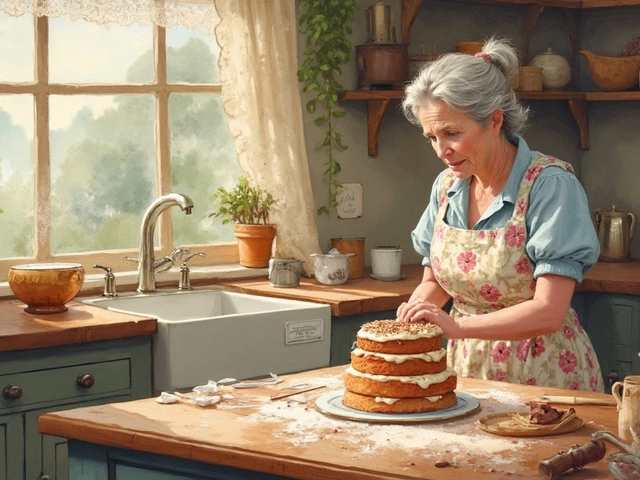

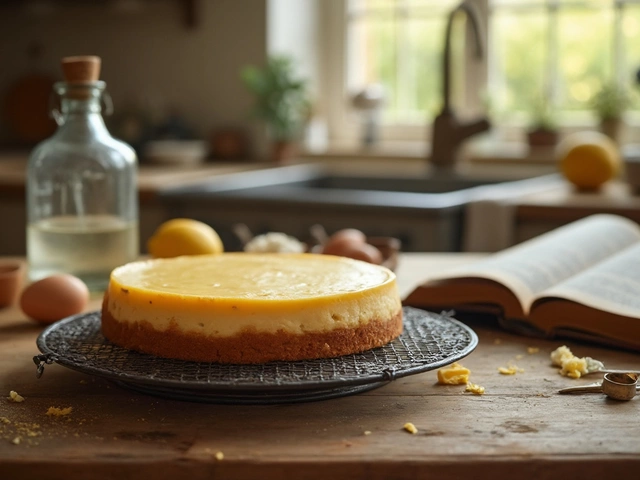


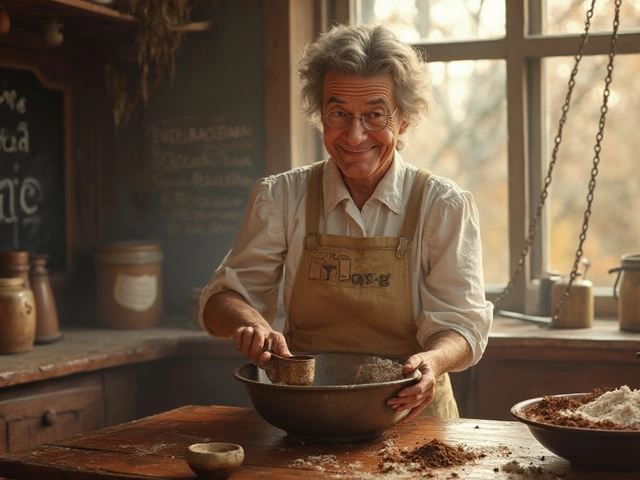
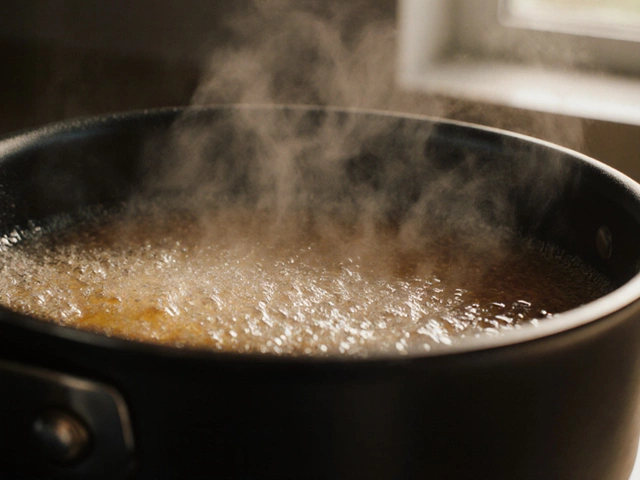
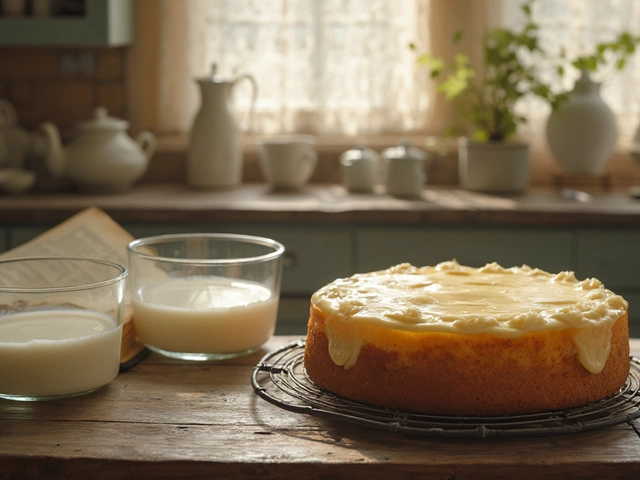

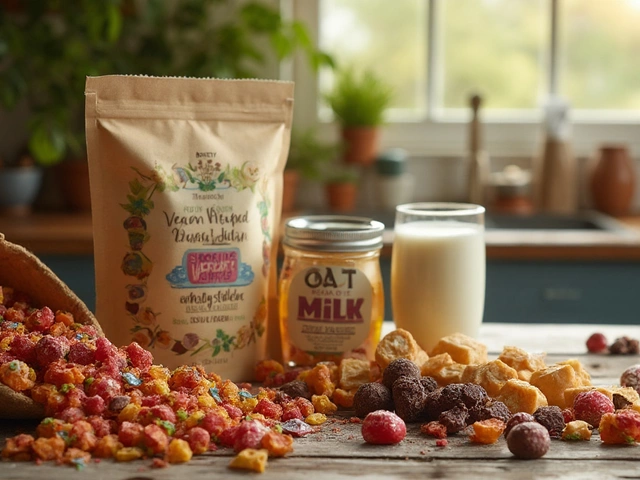
Write a comment